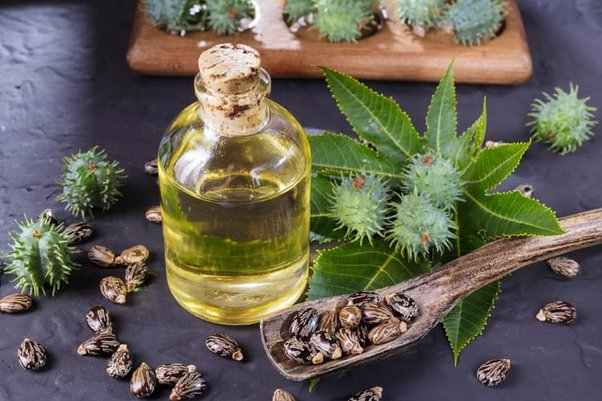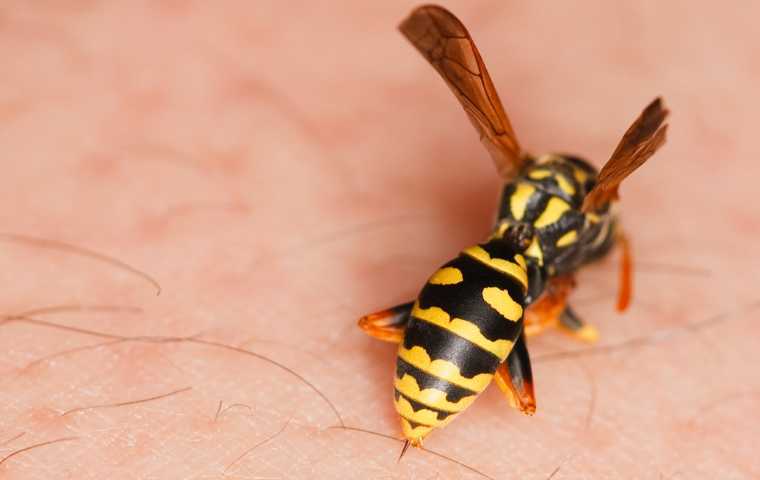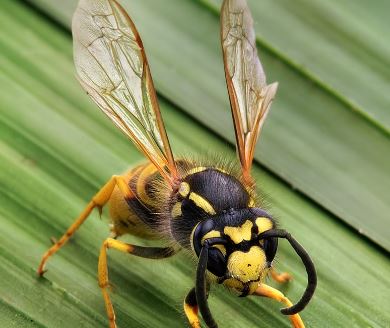Here we will learn about the symptoms and treatment of wasp or bumblebee bite. Before that, let us tell you that a wasp or bumblebee is a type of insect. Which looks like a yellow bee. Wasps hover around most people’s homes and make hives on the walls there. If they are teased in any way, they bite immediately. The sting of a wasp is towards the back.
Symptoms and Treatment of Wasp or Bumblebee Bites
Wasp and bumblebee stings can cause discomfort and, in some cases, allergic reactions. Understanding the symptoms and knowing how to treat these bites promptly is essential for managing the associated pain and preventing complications. Here’s a guide to help you recognize the symptoms and provide appropriate treatment for wasp or bumblebee bites:
Applying a little black pepper mixed with water on the wasp sting area provides instant relief.
Applying turpentine oil on the bite of a wasp (wasp, bumblebee, rainworm, or poisonous insect) provides relief by reducing the pain.

Grinding five grains of black pepper and ten grains of marigold flower and applying the paste removes the wasp poison and relieves pain and a burning sensation.
Chewing two spoons of dried coriander seeds with water soothes the burning sensation caused by wasp bites and provides quick relief.
Wasp stings cause red swelling, severe burning, severe pain, fever, seizures, and vomiting. If bitten by a yellow wasp, soaking a yellow cloth in water and applying it on the bitten area provides relief.

Yellow wasps are less venomous. Black, big-headed, and fang-like snakes have very strong venom. In the case of black bumblebee and scorpion bites, grinding black basil leaves mixed with water and drinking it provides relief from burning sensation, pain, and swelling. Apply kerosene oil immediately on the bitten area, the burning sensation will reduce.
If you have been bitten by a wasp, apply sour pickle or cream on that area, it will not irritate.
Apply lemon juice on the wasp bite, both swelling and pain will disappear.
Symptoms:
- Immediate Pain: The initial sensation upon being stung by a wasp or bumblebee is usually a sharp, burning pain at the site of the sting.
- Redness and Swelling: The affected area may become red, swollen, and tender within minutes of the sting.
- Itching: Itching and discomfort may develop around the sting site, accompanied by a sensation of warmth.
- Hives or Rash: In some cases, individuals may develop hives or a generalized rash, especially if they are allergic to bee venom.
- Systemic Reactions: Severe allergic reactions, known as anaphylaxis, can occur in rare cases. Symptoms may include difficulty breathing, swelling of the face or throat, rapid heartbeat, dizziness, and loss of consciousness. Anaphylaxis requires immediate medical attention.
Treatment:
- Remove the Stinger: If a stinger is visible at the site of the sting, remove it immediately to prevent further venom injection. Use a blunt object, such as a credit card or fingernail, to scrape it off horizontally without squeezing the venom sac.
- Wash the Area: Clean the affected area with soap and water to prevent infection. Avoid using harsh chemicals or rubbing the area vigorously, as this can exacerbate irritation.
- Apply Cold Compress: Use a cold compress or ice pack wrapped in a cloth to reduce pain, swelling, and inflammation. Apply it to the sting site for 10-15 minutes at a time, several times a day.
- Over-the-counter Medications: Take over-the-counter pain relievers such as ibuprofen or acetaminophen to alleviate pain and discomfort. Antihistamines can help reduce itching and allergic reactions.
- Topical Treatments: Apply a soothing topical treatment such as hydrocortisone cream or calamine lotion to the sting site to relieve itching and inflammation.
- Elevate the Area: If the sting occurs on an extremity, elevate it to reduce swelling and promote circulation.
- Seek Medical Attention: If you experience severe symptoms such as difficulty breathing, swelling of the face or throat, or signs of anaphylaxis, seek immediate medical attention. Anaphylaxis is a medical emergency that requires prompt treatment with epinephrine and other interventions.
Prevention:
- Avoid Provoking Bees and Wasps: Stay calm and avoid swatting at bees or wasps, as this can provoke them to sting.
- Wear Protective Clothing: If you are working outdoors or in areas where bees or wasps are present, wear long sleeves, pants, and closed-toe shoes to minimize skin exposure.
- Use Insect Repellent: Apply insect repellent containing DEET or picaridin to deter bees and wasps from approaching you.
- Be Cautious Around Food and Drinks: Be cautious when eating or drinking outdoors, as sweet foods and beverages can attract bees and wasps. Keep food and drinks covered, and avoid leaving them unattended.
- Inspect Outdoor Areas: Regularly inspect outdoor areas for beehives or wasp nests, especially in areas where you spend a lot of time, such as your backyard or garden. If you find a nest, contact a professional pest control service to have it removed safely.
By understanding the symptoms and knowing how to properly treat wasp or bumblebee stings, you can effectively manage the associated discomfort and minimize the risk of complications. If you have a history of severe allergic reactions to bee stings, consider carrying an epinephrine auto-injector (e.g., EpiPen) with you at all times and seek medical advice on allergy management.
Related Keywords:
What happens when a black beetle bites?
“Home Remedy for Baria Bite”
“Treatment for Poisonous Insect Bites”
“What to apply on yellow wasp bite”

